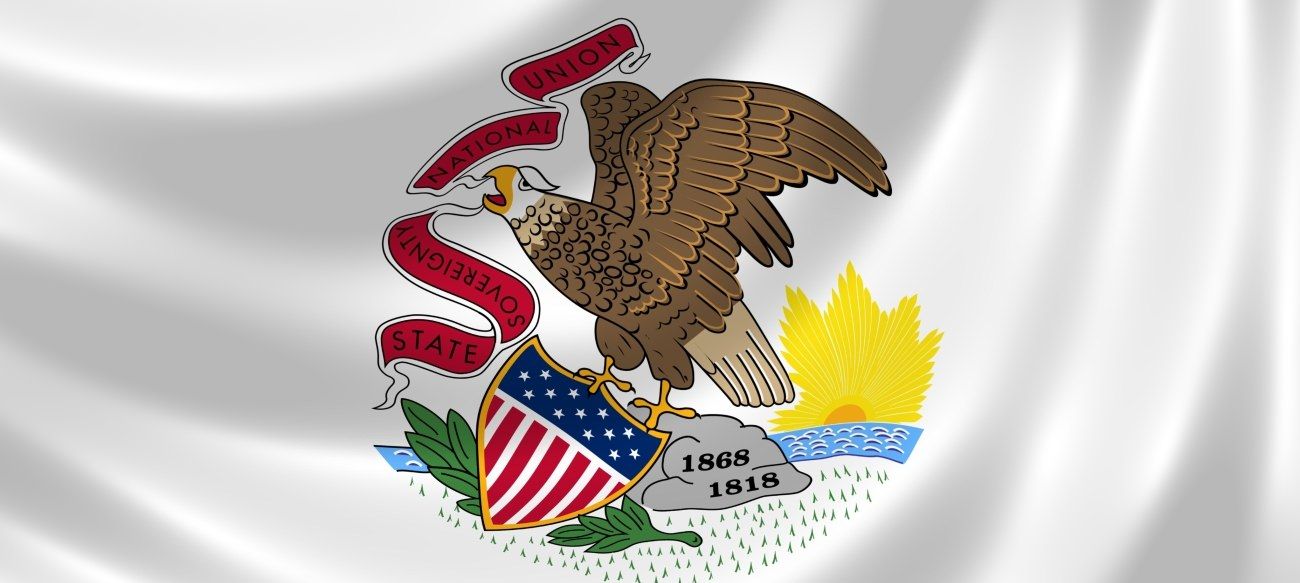As an emergency room physician and the founding CEO of Vireo Health, a multistate marijuana company based in Minnesota, Kyle Kingsley had thought extensively about how cannabinoids could replace opioids for pain relief.
So, in 2015, when Vireo’s then-chief technology officer told Kingsley that he had a friend at Ligand Pharmaceuticals, a well-established California drug developer with several U.S. Food and Drug Administration (FDA)-approved medicines on the market, the CEO asked him to set up a meeting to discuss collaborating.
“It’s one of the first overt instances (that I’m aware of) of a cannabis company working with quote-unquote big pharma,” Kingsley said. “For us, this was just really about a new line of products and figuring out new ways to make cannabis more effective.”
How It Came to Be
Kingsley was specifically interested in Ligand’s drug Captisol, a modified version of cyclodextrin, a chemical compound that improves the solubility, stability and bioavailability of other drugs, thereby improving how those medicines are delivered in humans. Kingsley believed Captisol could enhance the cannabinoid-based medicines that Vireo was developing.
“We looked into the chemistry of what they were doing with Captisol, and it was a well-established FDA agent in a wide array of medicines,” Kingsley said. “It made a lot of sense to us to explore opportunities. I’m an ER doc by training, so I’m always interested in finding new paths for cannabinoids, and I was interested in potentially applying this intravenously. You go into the emergency room and—instead of getting an IV of morphine—you’d get an IV of cannabinoids in the future.”
For a young company such as Vireo in a federally prohibited market, working with an established company such as Ligand would have buoyed credibility and legitimized its own drug-development efforts. Founded in 1987, Ligand went public on the Nasdaq in 1992 and rang up $251.5 million in sales in 2018. Ligand has more than 100 partners and licensees, including many household names such as Lilly, Merck, Novartis and Pfizer.
“You want to work with people who are well-versed in the FDA process and with well-established products that have passed muster with the FDA in the past. That was our thought process,” Kingsley said.
Dealing with Challenges
How did Vireo convince Ligand that collaborating with a cannabis company was worth the gamble? By demonstrating transparency and scientific leadership.
“The initial meeting was high-level. We just opened the kimono. We told them exactly what the scoop was. We told them the exact federal situation. Whenever we’re talking to partners, we say, ‘Look, the people you need to talk to are (the) legal and compliance (departments). It’s a foregone conclusion that this will change, but there’s no mincing words here.’ You just have to be frank with people,” Kingsley said.
He added that having scientific leadership was also “one of the biggest door openers for us.”
“A pharma company isn’t going to have interest working with a cannabis company just because it’s a cannabis company,” he added. “They’re looking for scientific partners. They’re looking for a science company that works in the cannabis space. There’s nothing compelling about just a cannabis company. It has to be science-driven.”
It also helped that Ligand was “a forward-looking company” that eschewed the cannabis phobia that kept its peers away from the plant—and that the agreement was relatively low-risk for Ligand.
“For them, this was a licensing agreement, so they’re not terribly exposed on this. We’re the ones handling the cannabis; they’re not doing any of that,” Kingsley said. Still, Ligand performed extensive due diligence on Vireo, a process that took months of vetting and something that cannabis executives seeking similar collaborations should expect.
“It takes many months of due diligence,” Kingsley said. “Even for a fast-moving organization like them. It takes time, and they have a lot of procedures to go through.”
Keeping it Going
Vireo and Ligand finally struck a licensing and supply agreement Nov. 19, 2015, “granting Vireo an exclusive right in certain states within the United States and certain global territories to use Captisol in Vireo’s development and commercialization of pharmaceutical-grade cannabinoid-based products,” according to an 8-K that Ligand filed at the time with the U.S. Securities and Exchange Commission.
According to the filing, the agreement also provided that Ligand “will receive an upfront payment and could also potentially receive milestone payments, plus tiered royalties from 4% to 10% on net sales for products that use the Captisol technology. Ligand will also receive revenue from any shipment of Captisol to Vireo for clinical and commercial use.”
As for Vireo, the 8-K said Ligand believes Captisol “may help scientists and physicians at Vireo overcome formulation hurdles unique to cannabinoid-based products.”
Next Steps
Kingsley said Vireo’s collaboration with Ligand remains strong and that his company has several new cannabinoid and Captisol-based drugs, including at least one that has a federal U.S. patent. Kingsley and his counterparts at Ligand hope those patented formulations can eventually get FDA approval.
“There are a lot of studies to be done. But our hope is that it (Captisol) will not only help cannabinoids to dissolve more easily in water, it will help the body to use them more efficiently. So less will go further,” Kingsley said of the drugs. Possible cannabinoid-Captisol products being considered include powder, liquids, softgels, intravenous medicines and topicals, Kingsley said.
“The furthest we could go with this would be a full-on FDA path where we actually give people IV cannabinoids in combination with Captisol. For example, you break your ankle and you are in the emergency room, the first step is normally morphine. I’d love to see a future where 10 years from now it’s IV cannabinoids.”





